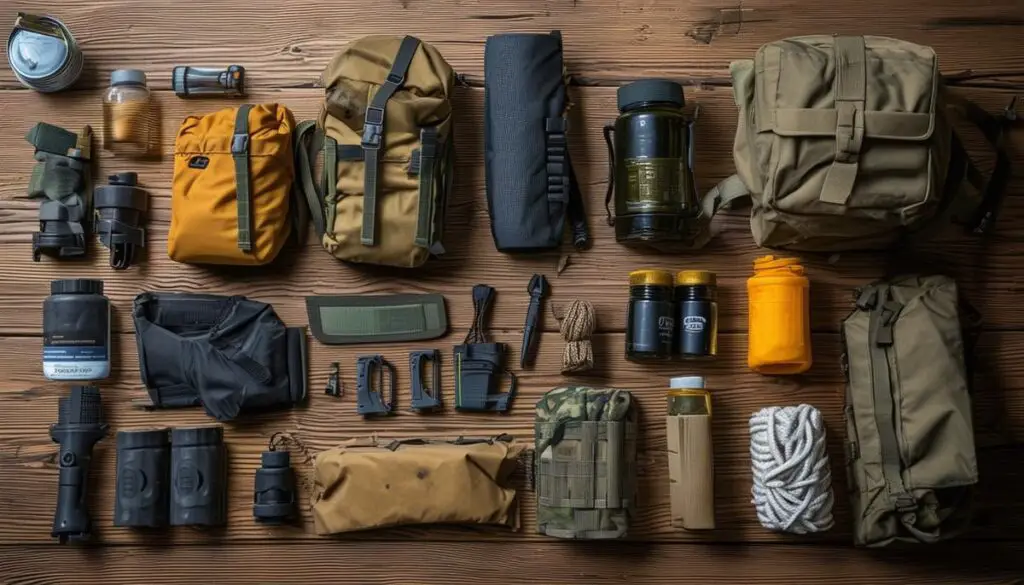Survival situations demand more than just courage; they require careful preparation and the right supplies. From food and water to fire-starting tools and first aid kits, having the essentials can make all the difference. Each item in your survival kit plays a crucial role in ensuring you stay safe, healthy, and ready for whatever comes your way.
1. Essential Food Supplies
When preparing for survival situations, having the right food supplies is key. Non-perishable items like canned vegetables, soups, peanut butter, and crackers are a must. Always store enough for at least three days. Avoid salty snacks to keep thirst at bay. A manual can opener is essential too—you don't want to have supplies you can't access.
Store your food in waterproof, airtight containers. Keep utensils and mess kits clean and ready. If any food gets exposed to contaminated floodwater, toss it. For emergency cooking, use charcoal grills or gas camping stoves outdoors. Some canned foods can be consumed cold directly from the can if necessary.
Tips for Food Preparation:
- Pack items that kids will eat without a fuss
- Prioritize options that last long and require minimal prep
- Before heating food, open the can, remove the label, and sanitize it with a bleach-water solution
These steps ensure you're set to handle tough times, maintaining health and morale when you need it the most.
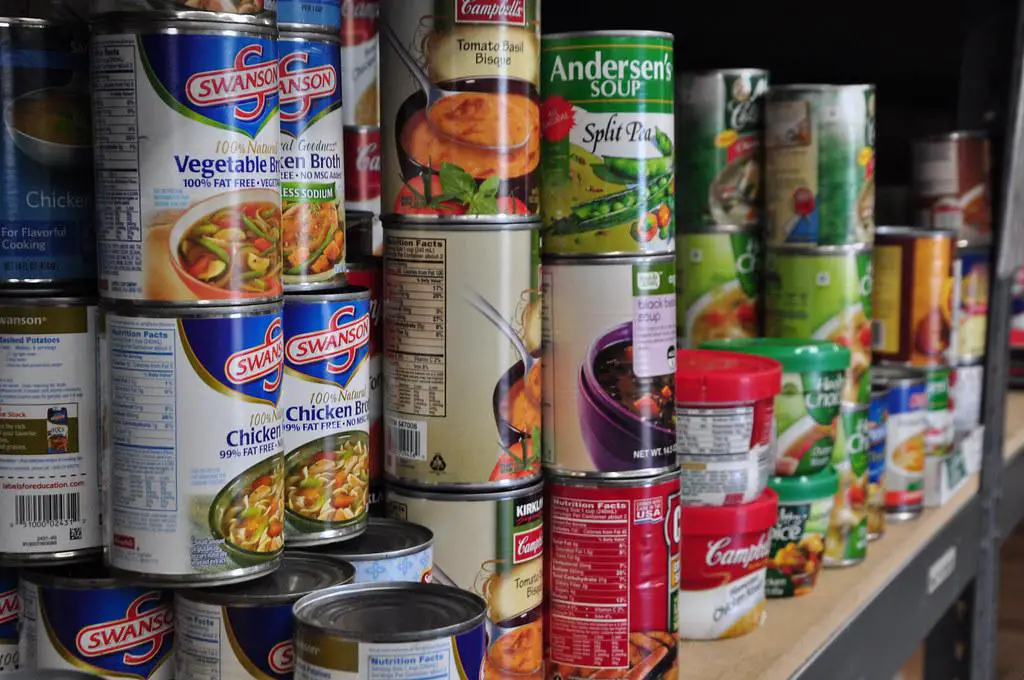
2. Reliable Water Sources
Water is crucial for survival. The Federal Emergency Management Agency (FEMA) recommends storing at least 1 gallon (3.8 liters) per person per day, covering both drinking and sanitation needs.1 You'll need more if nursing mothers or young children are in your group, or if you live in a particularly hot climate.
For long-term storage, bottled water in its original, sealed containers is your best bet, kept in a cool, dark place. If you're reusing containers, make sure you're using ones specifically designed for water storage.
Disinfecting Water Containers:
- Mix 1 teaspoon of non-scented chlorine bleach with a quart of water
- Thoroughly rinse the container with this solution
- Your container is now safe and clean for water storage
Don't open those bottles unless absolutely necessary. This keeps impurities out and your precious water supply safe. The key to a reliable water supply is preparation. So fill up those bottles, seal them up tight, store them away, and rest easy knowing you can stay hydrated when it counts.
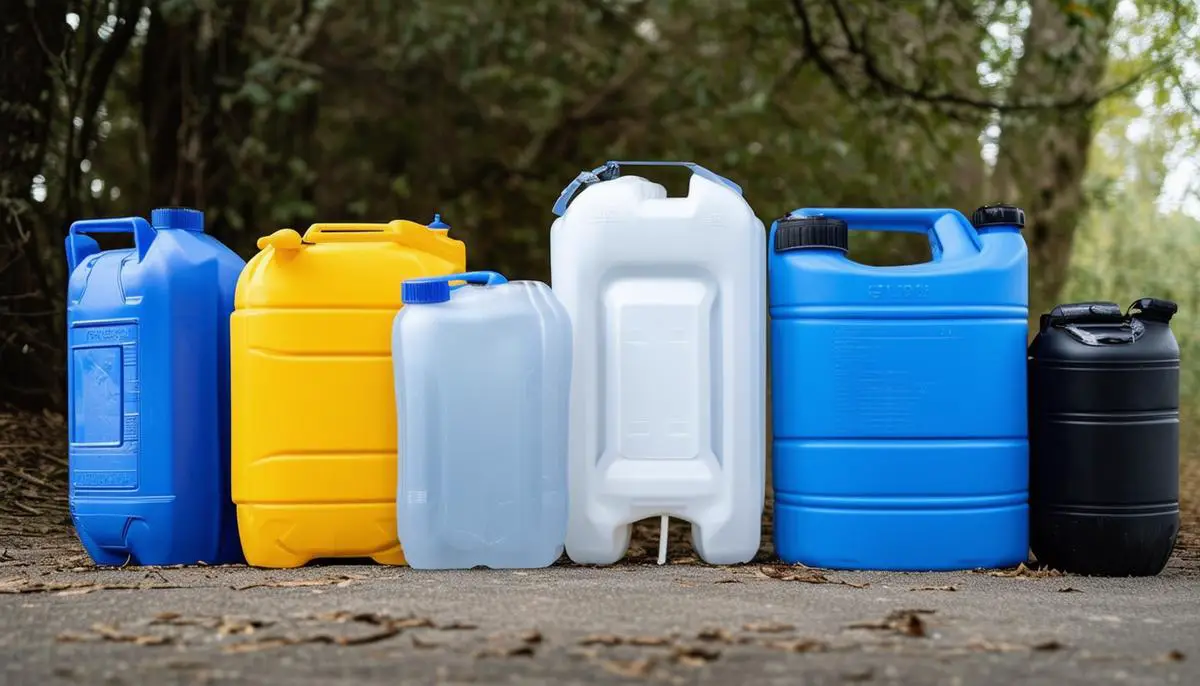
3. Fire Starting Tools
Fire provides warmth, helps you cook, and can be a signal for rescue. Let's talk fire starting tools—your trifecta for turning cold nights into bearable, even cozy ones.
- Waterproof matches: Designed to ignite even after a plunge into a puddle. Carry them in a waterproof container.
- Lighters: Opt for a durable, stormproof variety. Keep a couple in your kit.
- Flint and steel set: Your back-up of back-ups, guaranteeing sparks with the right technique.
Pack some easy-to-carry, quick-light fire starters too. Think cotton balls soaked in petroleum jelly, dryer lint, or commercial fire starters. These will make the process much faster and easier, especially when you're cold, tired, or under duress.
"Diversifying your fire-starting methods ensures you won't be left out in the cold."
With multiple tools at your disposal, you're well-prepped to kindle a fire regardless of the weather or circumstances.
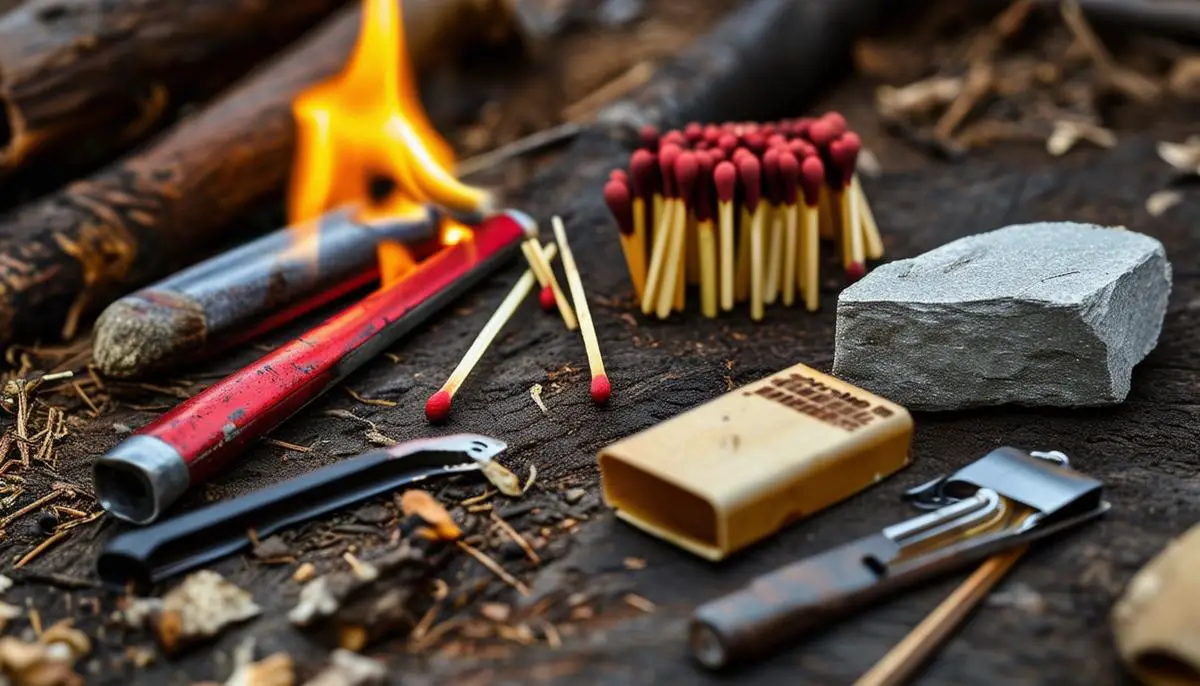
4. First Aid Kit
A well-stocked first aid kit is crucial for handling injuries and ailments in survival scenarios. Think of it as your portable all-around health station.
Essential First Aid Items:
- Bandages in various sizes
- Antibiotic ointment
- Burn ointments
- Prescription medications (if needed daily)
- Aspirin for pain relief
- Anti-diarrhea medication
- Hydration salts
- Protective gloves
- Compact first aid guide
- Moleskin for blisters
- Triangular bandages for slings or splints
Include medical supplies like catheters and syringes if needed. By being thorough with your first aid kit, you're giving yourself and your group the confidence to face whatever comes your way. So stock up, store smart, and be ready to patch, heal, and care for those who need it most.
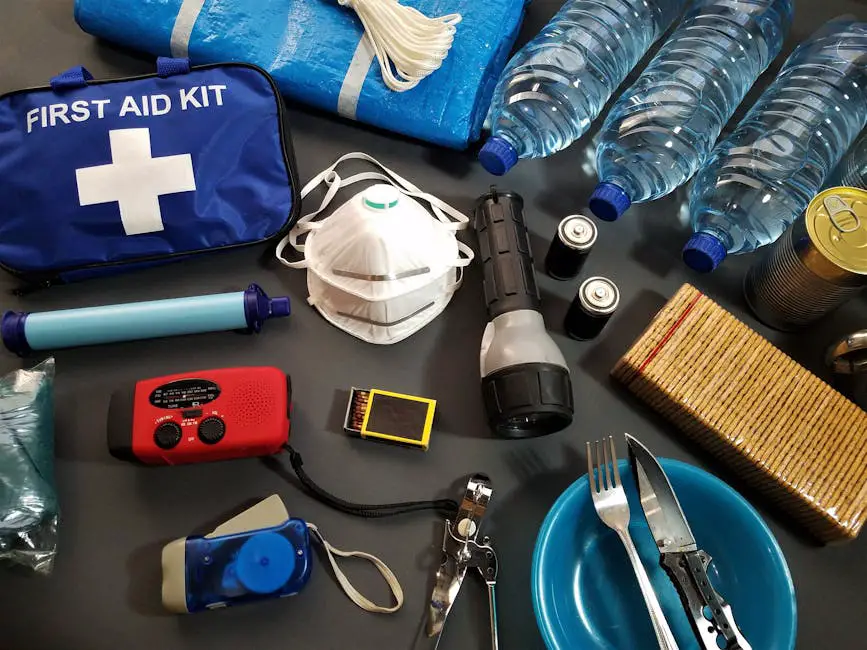
5. Light and Power Sources
As night falls and grid power disappears, reliable sources of light and power become essential. Let's explore the lineup of must-have gadgets that will see you through the darkest hours and keep your essential devices running.
| Item | Benefits |
|---|---|
| Flashlights | High-quality, weather-resistant, multiple modes |
| Headlamps | Hands-free, high-lumen, waterproof, adjustable straps |
| Hand-cranked lanterns | Provide light, can charge small electronics |
| Portable power stations | Store power, multiple ports, solar-powered options available |
By packing an assortment of these light and power sources, you're maintaining communication, moving safely, and ensuring your survival electronics are always ready for action.
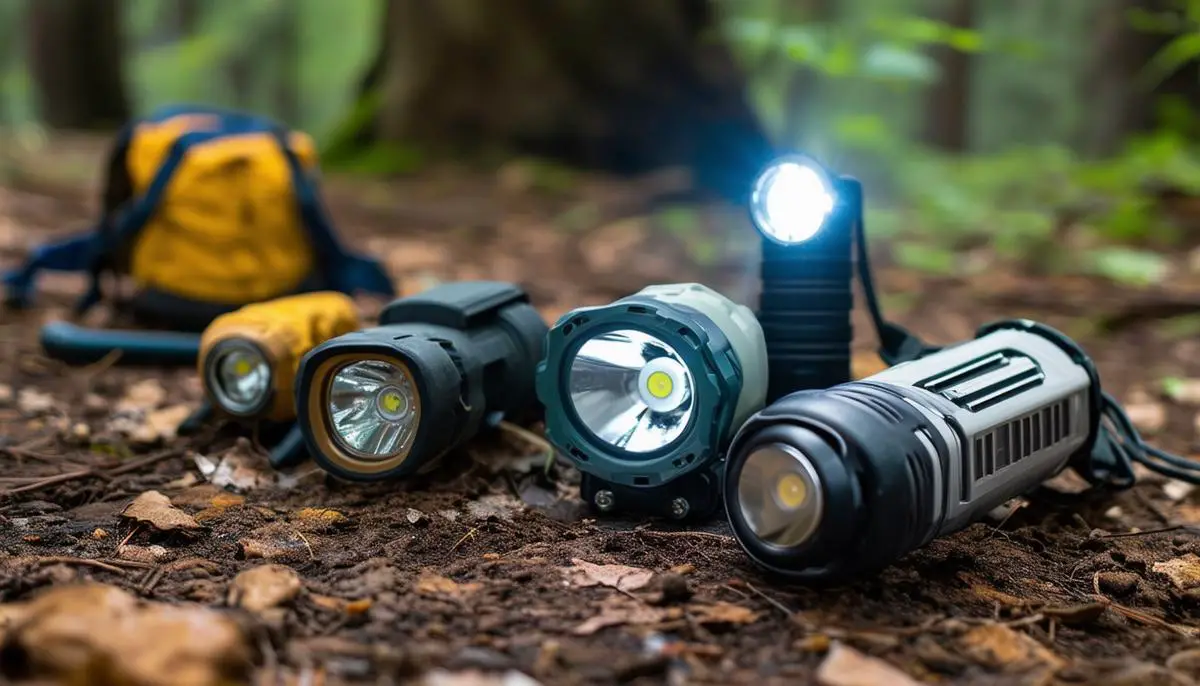
6. Shelter and Warmth Items
Survival in unpredictable elements starts with having adequate shelter and warmth items. Your well-prepared survival kit can make your situation more bearable and safe.
Essential Shelter and Warmth Items:
- Sleeping bags: High-quality, weather-resistant, rated for expected temperatures
- Wool blanket: Retains heat even when wet, durable
- Mylar emergency blankets: Retain up to 90% of body heat, lightweight, reflective
- Extra clothing: Think layers – base, insulating, and outer
For colder climates, consider mummy bags or sleeping bags with built-in hoods. Don't forget accessories like hats, gloves, and extra pairs of socks.
Through smart planning and investing in good equipment, you're prepped to face Mother Nature head-on, turning potential discomfort into manageable, warm nights. Gear up and stay cozy, even when the world outside is anything but!
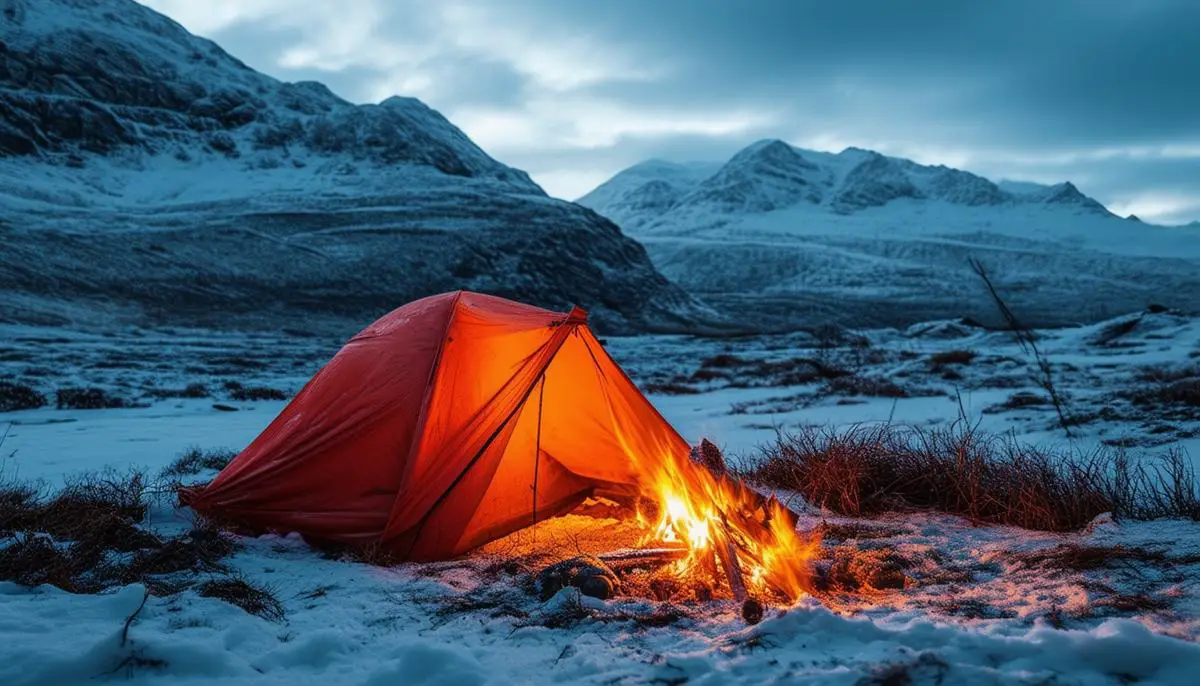
7. Navigation Tools
Map and Compass Essentials
In the outdoors, knowing your bearings can make all the difference. While GPS devices are great, let's not forget the reliability of a good old map and compass. These classic tools are crucial for any survival situation, especially when tech fails you.
Topographic maps provide a wealth of information about the terrain, from elevation changes to water sources, trails, and landmarks. They're simple, durable, and won't die on you like a smartphone battery. Waterproof varieties are a smart investment.
The compass, always pointing to magnetic north, doesn't rely on satellites or battery life. A base-plate compass is ideal for map reading and plotting routes, while a lensatic compass offers precision for trickier tasks.
Understanding how to use these tools effectively is key. Take time to get acquainted with topographic maps and practice basic skills like finding your bearings, triangulating your position, and plotting a course.
Tips for Effectiveness:
- Map Skills: Orient your map first. Align it with cardinal directions using your compass and identify landmarks as reference points.
- Compass Proficiency: Learn to take and follow a bearing. Hold your compass level, turn the dial to align the needle with north, and turn yourself to align with the directional arrow.
- Combine the Tools: Use your compass to orient your map correctly and plot your travel direction.
A final tip: redundancy. A backup compass is a solid idea in case one gets lost or damaged. An additional waterproof map can also be a lifesaver.
With these tools and skills, you're not just finding your way through wilderness; you're charting your own course with confidence. Practice those skills and let your inner explorer shine through, whether you're on a weekend hike or a rugged survival trek.
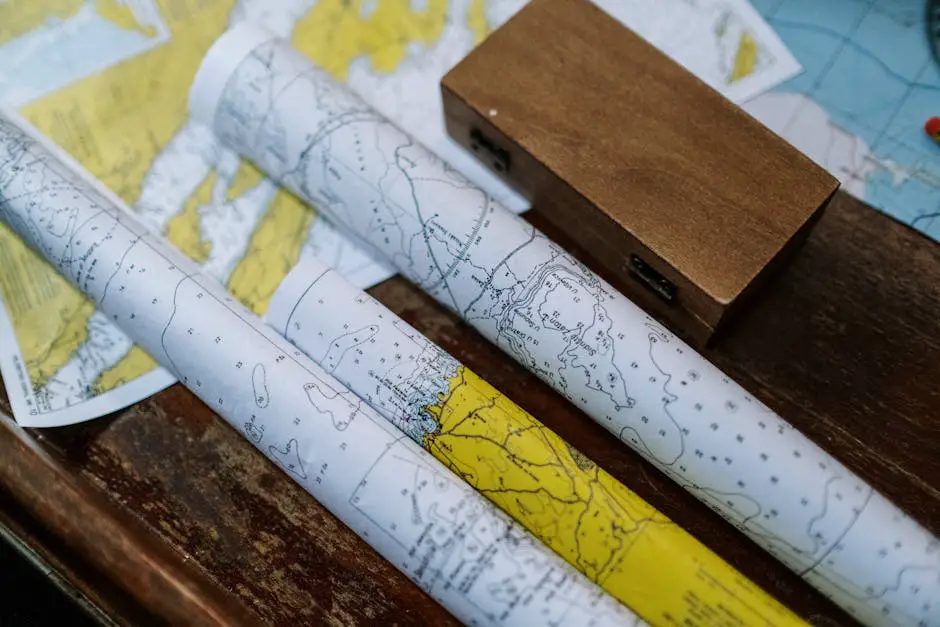
8. Hygiene Products
Maintaining personal hygiene in the wild is crucial. It can prevent infections, boost morale, and keep you feeling human even in challenging environments. Here's a rundown of the hygiene products that should make it into your survival kit:
- Toothpaste and Toothbrush: A toothbrush and small tube of toothpaste take up minimal space but pack maximum impact. Keeping your teeth clean can prevent dental issues and a fresh mouth just feels good.
- Toilet Paper: Apart from its obvious use, it's versatile—think makeshift tissues or even fire tinder. Keep it dry by storing it in a waterproof bag or container.
- Soap: A small bar of soap or travel-sized hand sanitizer goes a long way. Opt for biodegradable soap if you're cleaning up in natural water sources.
- Feminine Hygiene Products: For women, pack enough supplies to cover at least the duration you plan to be without convenient access to stores.
- Wet Wipes: Compact and multi-purpose, they provide a quick way to clean when water is scarce. Unscented and alcohol-free wipes are best to minimize skin irritation.
- Hand Sanitizer: A bottle of high-alcohol-content sanitizer (at least 60%) helps keep your hands clean when soap and water aren't available.1
- Moisturizer: A small bottle helps keep your skin in check, preventing unhealthy chapping and skin damage.
- Disposable Gloves: These are a must when dealing with injuries or contamination. They ensure a barrier against bacteria and reduce infection risk.
By maintaining cleanliness, you're not just improving your comfort; you're actively avoiding potential health issues. Make space in your kit for these essentials and stay prepared to face any emergency with a touch of cleanliness and a lot of confidence!
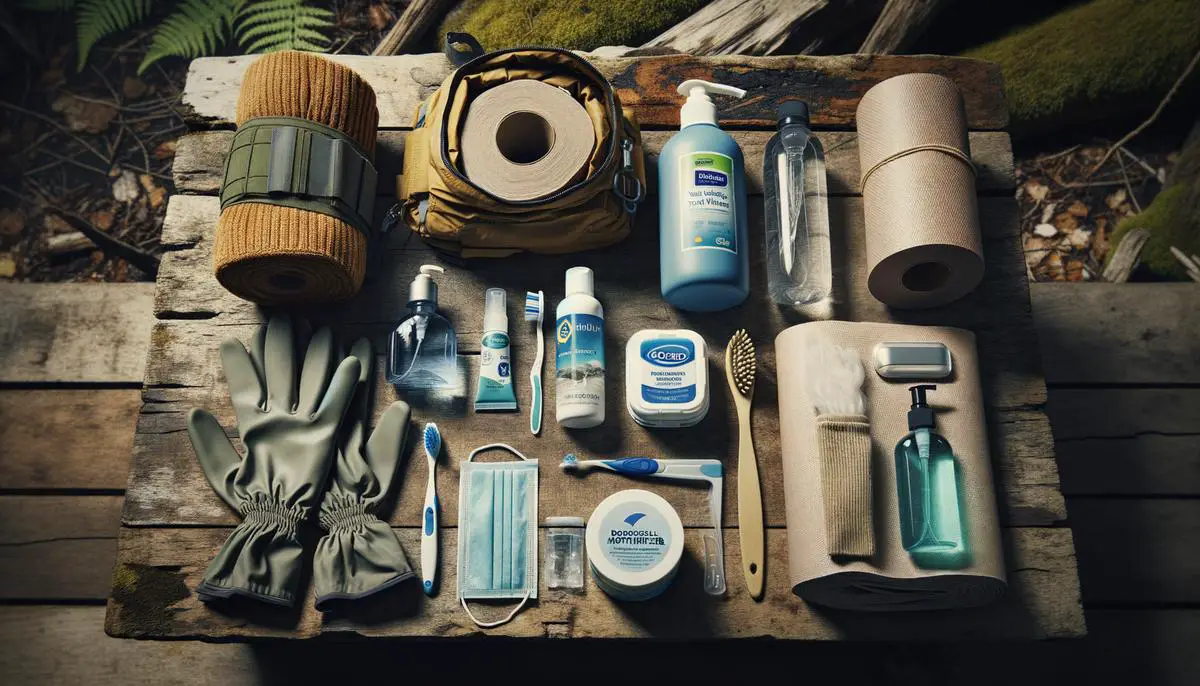
9. Tools and Repair Kits
Having the right tools and repair kits can be the difference between a minor snag and a full-blown catastrophe. Here are the essentials you'll need:
| Item | Uses |
|---|---|
| Multi-purpose knife | Food prep, cutting cordage, carving wood, last-resort defense |
| Multi-tool | Gear adjustments, minor repairs, everyday tasks |
| Duct tape | Patching tears, securing splints, fixing broken items |
| Tent repair kit | Mending rips in tents or tarps |
| Sewing kit | Fixing torn clothing and gear bags |
| Zip ties and paracord | Securing items, setting up shelters, making snares or traps |
When selecting a multi-purpose knife, look for a solid, full tang design for durability. For multi-tools, choose one that balances functionality with compactness.
"Be prepared" isn't just a motto, it's a survival strategy. The right tools can turn potential disasters into mere inconveniences.
With these tools and repair kits, you're well-equipped to handle mishaps and make necessary fixes on-the-fly. You'll maintain your gear, keep things running smoothly, and stay ready for whatever challenges come your way. So gear up, pack smart, and stay versatile out there!
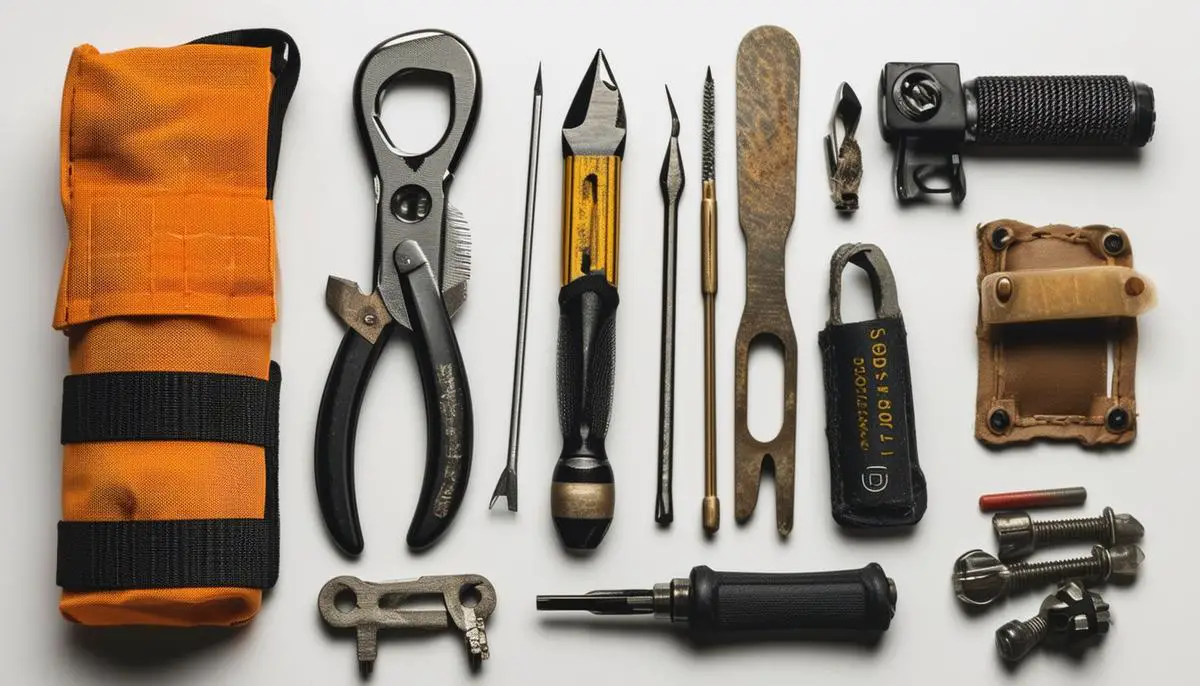
10. Communication Devices
In the wild or during emergencies, good communication can be a lifesaver. Here are some essential devices to keep you connected:
- Battery-Powered or Hand-Cranked Radio: Crucial when power grids fail and cell towers stop working. They keep you linked to emergency broadcasts, weather alerts, and NOAA updates. Hand-cranked models are great for extended use without batteries.
- Whistles: A loud whistle carries far and cuts through background noise better than your voice. It's compact, easy to attach to backpacks, and can quickly signal your location or communicate with your group.
- Signal Mirrors: These reflect sunlight up to 15 miles on clear days, acting as personal SOS beacons. They're particularly useful in open areas and can catch rescuers' attention from afar. Plus, they double as regular mirrors for personal care.
- Walkie-Talkies: Perfect for group adventures, walkie-talkies maintain contact over short to moderate distances. Look for models with good range, weather alerts, and long battery life. Don't forget extra batteries or a solar recharger!
- Personal Locator Beacons (PLBs): These use GPS to pinpoint your location and transmit it to emergency services. They're especially useful for solo adventurers or remote expeditions, providing an extra layer of safety.
- Two-Way Satellite Messengers: More advanced than walkie-talkies, these allow text messaging from almost anywhere globally. They often combine messaging with real-time tracking and weather updates, offering reliable communication in remote areas.
By including these devices in your kit, you're covering all your communication bases – from visual signals to satellite messaging. Stay connected, stay safe, and keep those communication channels open!
"In a survival situation, your ability to communicate can mean the difference between life and death." – Bear Grylls
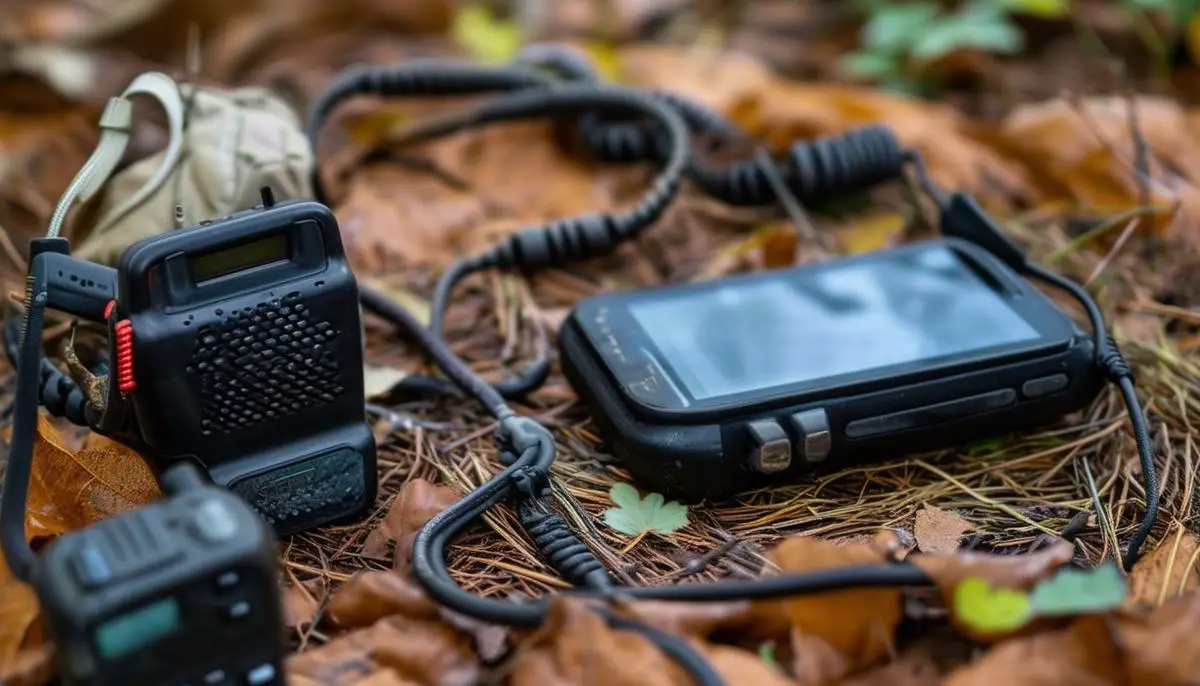
In any survival scenario, good preparation is key. By packing essential supplies like food, water, fire-starting tools, first aid kits, light sources, shelter items, navigation tools, hygiene products, repair kits, and communication devices, you're setting yourself up for success.
Remember: it's not just about surviving; it's about thriving in challenging circumstances. Studies have shown that well-prepared individuals have a significantly higher chance of survival in emergency situations1.
Key Takeaways:
- Always pack more water than you think you'll need
- Learn how to use your gear before you need it
- Communication devices can be lifesavers
- Regular maintenance of your survival kit is crucial
With these essentials in your kit and the knowledge to use them, you'll be well-equipped to face whatever challenges nature or circumstance may throw your way. Stay prepared, stay safe!

